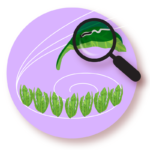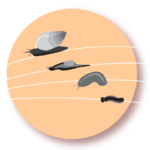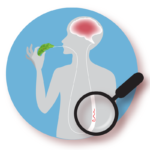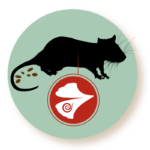Overview
What Is Rat Lungworm Disease
& How is it spread?
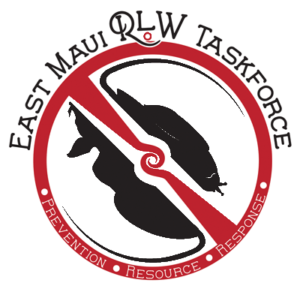
Rat lungworm disease is caused by a parasite nematode called Angiostrongylus cantonensis. The adult form of the parasite is found only in rodents. Infected rats pass larvae of the parasite in their feces. Snails and slugs get infected by ingesting the larvae. Humans can then become infected by ingesting snails and slugs. (You cannot contract this disease by coming in contact with rats or rat feces.)
If you’re interested in having a farm visit from our support team, and receive vector control supplies, please contact our coordinators.
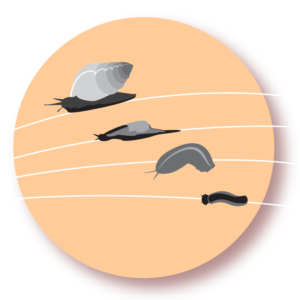 The slug itself is the vector that releases the parasite into the digestive tract, where it then makes its way into the spinal column and the brain.
The slug itself is the vector that releases the parasite into the digestive tract, where it then makes its way into the spinal column and the brain.
Breaking the cycle that supports the parasite requires comprehensive efforts toward control of rats and slugs/snails. Preventing infection requires safe food handling. Thorough rinsing removes slugs and slime. Cooking or freezing kills the parasite.
While the slugs and rats that transmit this disease are here to stay and require a permanent lifestyle change, the good news is that it is preventable with proper food handling and vector control.
The semi-slug (Parmarion martensi), which is relatively new in Hawai’i, is the highest-risk vector, due to its higher likelihood of carrying the parasite, the high load of parasites in each slug (even a tiny juvenile slug), and the habits of the slug that bring it into contact with human food sources. All slugs and snails may carry the disease, however, including the common Cuban slug, the giant African snail, and the Apple snail. Fresh water crabs, frogs, prawns, shrimp and ‘opae may also be parasitic hosts.
Download the printable Gastropod Field Guide and learn to identify and control semi-slugs, cuban slugs, and other mollusks.
Mahalo to our Contributors!

Hawai'i Farmers Union United
Hana Chapter Initiative

